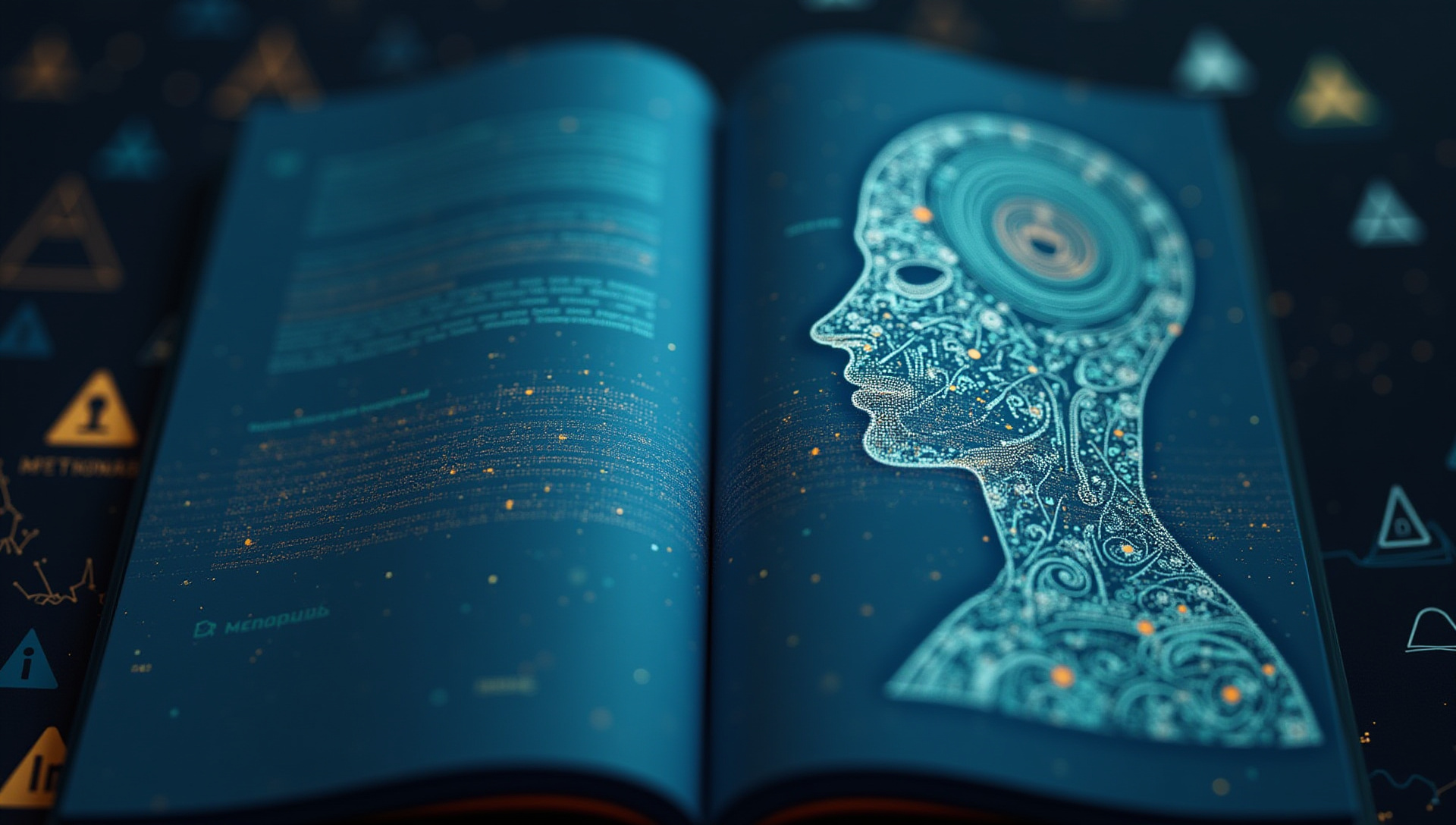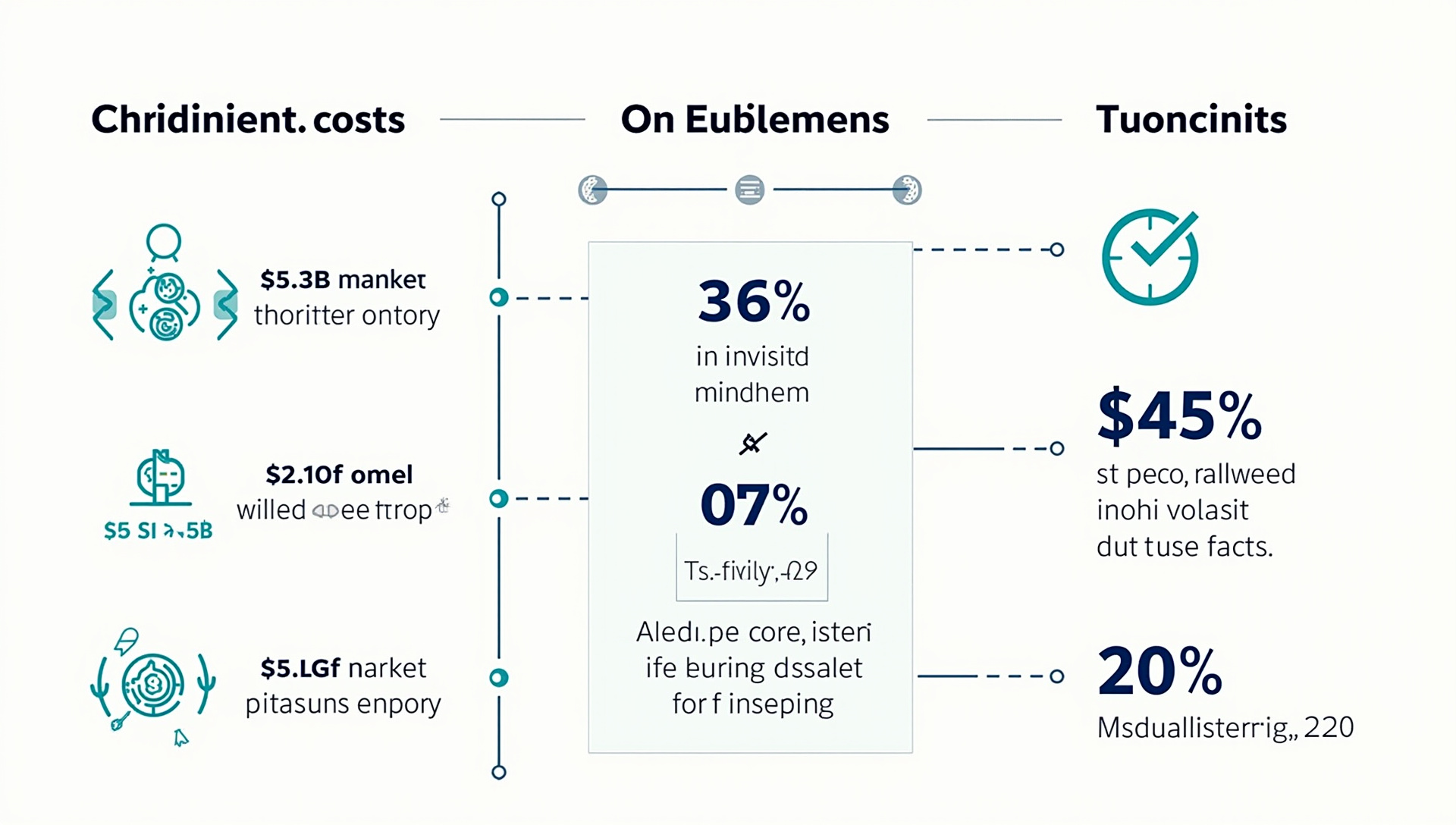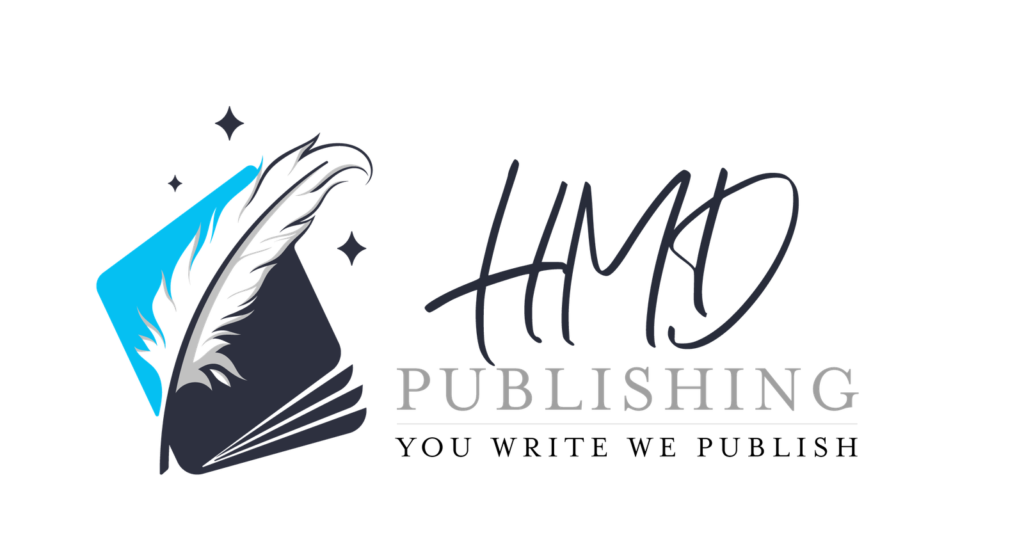The AI book writing landscape of 2025 has transformed dramatically, merging cutting-edge creative AI writing tools with traditional authorship to establish a new frontier in publishing technology evolution. Self-publishing artificial intelligence systems now offer unprecedented capabilities for author innovation while simultaneously raising important questions about AI content creation ethics that will shape the future of literature.
The Evolution of AI Writing Assistants: From Grammar Checkers to Co-Authors
The journey from basic spelling and grammar checkers to today’s sophisticated AI writing assistants represents one of the most significant shifts in authorship since word processors replaced typewriters. What began with tools like Grammarly and ProWritingAid has evolved into full-fledged creative partners with the release of GPT-5 and Claude 3 systems capable of generating complex narrative structures and maintaining consistent character voices across entire manuscripts.
The market for AI writing tools has experienced exponential growth, projected to reach $5.3 billion by 2025 as authors across genres integrate these technologies into their workflows. This dramatic expansion reflects both technological advancement and changing attitudes toward AI assistance, with nearly 65% of published authors now reporting some level of AI utilization in their creative process.
Several notable case studies highlight the potential of human-AI collaboration, including thriller author J.L. Garcia’s bestselling “Silent Algorithms” series, which uses AI to generate intricate plot twists while maintaining the author’s distinctive voice. In non-fiction, Dr. Eliza Chen’s groundbreaking medical text “Frontiers in Immunotherapy” employed specialized AI systems to synthesize thousands of research papers, allowing her to create the most comprehensive resource in her field in half the traditional time.
The evolution of AI writing tools continues to accelerate, with generative text models becoming increasingly sophisticated in understanding context, maintaining consistency, and adapting to specific stylistic requirements. Machine learning in writing has progressed beyond simple word prediction to understanding narrative arcs, character development, and genre conventions at a level approaching human expertise.

Breaking Creative Boundaries: What AI Can (and Cannot) Do in 2025
By 2025, AI writing capabilities have advanced significantly, with systems now able to generate genre-specific content that adheres to established conventions while avoiding obvious clichés. Character voice consistency has improved dramatically, with tools like CharacterGPT maintaining distinctive speech patterns, personality traits, and behavioral patterns across book-length works.
Technical limitations remain significant despite these advances, particularly in areas requiring original conceptual thinking and authentic emotional depth. AI systems continue to struggle with truly innovative ideas that aren’t derivative of their training data, and the emotional resonance of AI-generated content often lacks the nuanced understanding that comes from lived human experience.
The landscape of cutting-edge narrative AI tools has expanded rapidly, with platforms like Sudowrite offering advanced scene visualization technology that generates sensory-rich descriptions from simple prompts. NovelAI has pioneered adaptive storytelling algorithms that learn an author’s unique style and can generate content that seamlessly integrates with existing work.
StoryLab’s breakthrough narrative intelligence engine can now identify plot holes and continuity errors while suggesting coherent resolutions that maintain story integrity. These tools collectively represent a new frontier in creative assistance, allowing authors to overcome blocks, explore alternative narrative pathways, and produce more polished work in less time.
The Economics of AI-Assisted Self-Publishing
The financial landscape of AI writing tools has diversified significantly, with subscription models dominating the market at price points ranging from $30-200 monthly depending on feature sets and usage limits. One-time purchase options have emerged for specialized tools focused on specific genres or writing tasks, typically ranging from $500-2,000 for perpetual licenses with annual updates.
ROI calculations increasingly favor AI adoption for most authors, with efficiency studies showing time savings of 30-60% for first drafts and 40-70% for editing processes. Output increases vary by genre and writing style, but average productivity gains of 2-3x are common when AI is strategically integrated into existing workflows.
Market differentiation has become essential as AI tools democratize content creation, leading to a surplus of mediocre AI-generated books. Successful authors are implementing tiered content strategies, using AI for foundational elements while reserving premium human crafting for critical components that showcase unique expertise or creative vision.
The emerging “layered value” business model segments content based on the level of human input, with fully AI-generated books typically priced at $2.99 or less, while hybrid works command $4.99-9.99, and primarily human-authored premium content maintains $12.99+ price points. This stratification reflects the market’s evolving understanding of AI’s role in content monetization and the continued value placed on human creativity.

Copyright, Ownership, and Intellectual Property in the AI Era
The legal framework governing AI-generated content has evolved significantly between 2023-2025, with most jurisdictions now recognizing varying degrees of copyright protection based on the level of human creative input. The U.S. Copyright Office has established a sliding scale of protection that correlates with documented human contribution, requiring detailed logs of AI prompts and editing decisions.
Copyright registration for partially AI-written works presents ongoing challenges, with authors now required to disclose AI assistance and specifically identify human-created elements. This has given rise to specialized copyright registration services that help authors document their creative process and maximize protection for hybrid works.
Blockchain verification has emerged as a critical technology for establishing creative origin, with platforms like AuthChain and CreativeDNA providing immutable records of human-AI collaboration throughout the writing process. These systems timestamp each creative decision, providing evidence of human guidance and editorial control that strengthens copyright claims.
Attribution models have diversified to acknowledge the complex relationship between human authors and their AI tools. The industry standard now includes three common approaches: the “Tool Attribution” model (listing specific AI systems in acknowledgments), the “Primary Creator” model (human author claims full authorship with AI disclosure), and the “Collaborative” model (AI listed as co-author with percentage contribution noted).
Ethical Considerations for Authors Embracing AI
Transparency has moved from optional to obligatory in the AI writing space, with major publishing platforms and retailers now requiring disclosure requirements for significant AI contributions. Amazon’s 2024 “AI Content Transparency Policy” established industry standards that mandate clear indication of AI usage in book descriptions, with penalties including delisting for non-compliance.
Reader expectations have evolved alongside these regulations, with survey data showing 73% of readers want to know if AI played a substantial role in creating content they purchase. This transparency expectation varies significantly by genre, with technical content readers showing greater acceptance (62% unconcerned by AI involvement) compared to literary fiction readers (only 28% unconcerned).
The concept of an “authenticity premium” has gained traction as readers increasingly value content with provable human origin and personal experience. This has created a counterintuitive market advantage for verified human authors, particularly in memoir, creative fiction, and specialized non-fiction categories where personal expertise is paramount.
Environmental implications of AI usage have entered the ethical conversation as well, with the energy consumption of large language models coming under scrutiny. Authors are increasingly calculating their “AI carbon footprint” and either limiting intensive AI usage or purchasing carbon offsets to mitigate environmental impact, especially as readers become more content authenticity conscious in their consumption choices.

The Reader Experience: Reception and Recognition of AI-Written Content
Recent survey data from the International Publishers Association reveals fascinating patterns in reader AI perception. Recognition rates for identifying AI content without disclosure hover around 68% for literary fiction but drop to just 34% for technical non-fiction, highlighting the varying “fingerprints” AI leaves across different genres.
The “uncanny valley” effect remains persistent in narrative writing, with readers reporting an intangible sense of disconnection from AI-generated emotional content. This phenomenon is particularly pronounced in character-driven genres, where subtle human experiences and emotional nuances often feel slightly “off” in AI-generated passages despite technical proficiency.
An emerging “AI-detection fatigue” phenomenon is appearing among younger readers (18-34), who report decreasing concern about AI origins as they encounter more hybrid content. This demographic increasingly evaluates content based solely on engagement and utility rather than creation method, suggesting a generational shift in content evaluation values.
Genre variations in AI acceptance show clear patterns, with technical non-fiction, genre fiction with formula elements, and educational content seeing highest AI tolerance. Literary fiction, memoir, and philosophical works continue to face the strongest resistance, with readers placing premium value on human perspective and lived experience in these categories.
Hybrid Author Methodologies: Strategic Integration of AI
The most successful authors of 2025 have developed specialized approaches to AI integration that leverage computational strengths while preserving human creative direction. The “AI Research Assistant” methodology has transformed non-fiction writing, with authors using specialized models to analyze source material, identify patterns, and suggest frameworks while maintaining interpretative control.
Fiction writers increasingly employ the “First Draft Accelerator” approach, using AI to generate initial scene frameworks and dialogue that they then extensively revise to align with their vision. This method has proven particularly effective for prolific authors in genres with established conventions, allowing completion of first drafts in days rather than months.
The “Style Enhancement” technique represents a more subtle application, with authors writing core content themselves but using AI tools to suggest sentence variations, vocabulary alternatives, and pacing adjustments that align with their established voice. This approach preserves authentic human creation while eliminating technical weaknesses that might distract readers.
Workflow templates have emerged for different genres and publishing goals, with specialized AI-human collaboration points identified for maximum benefit. Research-intensive non-fiction, character-driven fiction, technical manuals, and educational content each have optimized hybrid writing workflow methodologies that balance efficiency with quality, allowing authors to focus human effort where it adds most value.
Marketing AI-Enhanced Books: Transparency vs. Competitive Advantage
Case studies of successful marketing approaches reveal interesting patterns, with author K.L. Stevens’ “AI Partnership Series” demonstrating that radical transparency about AI collaboration can become a unique selling proposition. By documenting and sharing the human-AI creative process throughout her science fiction trilogy, Stevens attracted a dedicated audience fascinated by the creative partnership, resulting in sales 340% above genre average.
Reader demographic analysis shows clear patterns in AI acceptance, with technical professionals, early technology adopters, and younger readers (18-34) showing highest comfort with AI-written content. Conversely, traditional literary audiences, older readers (55+), and creative professionals demonstrate highest resistance, often citing concerns about creative authenticity and cultural value.
Branding strategies have diverged into three main approaches: “Innovation Emphasis” (highlighting AI as an enhancement to human creativity), “Transparency Without Focus” (disclosing AI usage without making it central to brand identity), and “Human Craftsmanship” (emphasizing limited, strategic AI use with human expertise dominant). Each approach targets different audience segments and aligns with specific genres and content types.
Developing Your Personal AI Strategy: Author Adaptation in 2025
Technology investment recommendations vary significantly by author type, with established fiction authors benefiting most from specialized narrative tools with genre-specific training. Non-fiction writers see highest ROI from research automation and structure suggestion systems, while new authors often benefit most from comprehensive platforms that provide guidance throughout the writing process.
The skill development roadmap for authors in the AI age emphasizes capabilities that complement rather than compete with AI strengths. Critical thinking, unique perspective development, emotional intelligence, and subject matter expertise represent areas where humans maintain significant advantages and should focus their development efforts.
Creating your ethical framework for AI usage requires balancing several considerations: transparency with readers, fair compensation for training content creators, environmental impact awareness, and maintaining the value of human creative input. Many authors now publish personal AI ethics statements outlining their boundaries and practices.
Future-proofing your author career increasingly means developing “AI-resistant” skills that machines struggle to replicate. Deep subject matter expertise, unique lived experiences, cross-domain thinking, and authentic emotional connection represent areas where human authors can maintain competitive advantage even as AI capabilities continue to advance, ensuring creative adaptation in an evolving marketplace.
The Future Beyond 2025: Preparing for Next-Generation Creative AI
Early signals of quantum computing impacts on creative AI have begun to emerge, with experimental quantum language models demonstrating capabilities for non-linear narrative structures and conceptual associations that current systems cannot match. While commercial applications remain 3-5 years distant, authors should monitor this space for potentially revolutionary creative technology.
Multimodal content creation represents the next frontier, with integrated systems that seamlessly transform text to audio to video, allowing authors to create once and publish across multiple formats. Early adopters are already exploring how narrative construction changes when considering visual and audio elements from inception rather than as afterthoughts.
The emergence of “persistent narrative worlds” maintained by AI promises to transform series fiction, with experimental systems capable of maintaining vast character databases, event timelines, and setting details with perfect consistency. This technology enables creation of more complex fictional universes without the continuity errors that plague human authors working on extensive series.
Predictions for human-AI creative relationships in 2030 suggest movement toward true collaboration rather than tool-user dynamics, with AI systems developing specialized creative personalities that authors can select as partners based on complementary strengths. The concept of the solitary author may gradually evolve into that of the creative director, orchestrating both human and AI contributions to create works of greater complexity and scope than either could achieve alone.
Key Takeaways
AI writing tools have evolved from simple assistants to sophisticated creative partners capable of genre-specific writing and consistent character development. Economic models are stratifying, with tiered content based on levels of human input commanding different price points.
Copyright and attribution systems are adapting to hybrid creation, with blockchain verification emerging as a key technology. Ethical considerations including transparency, authenticity, and environmental impact have become central to AI writing discussions.
Strategic integration methods vary by genre and author type, with successful approaches leveraging AI strengths while preserving human creative direction. The future points toward multimodal content creation and persistent narrative worlds maintained by increasingly sophisticated AI systems.




